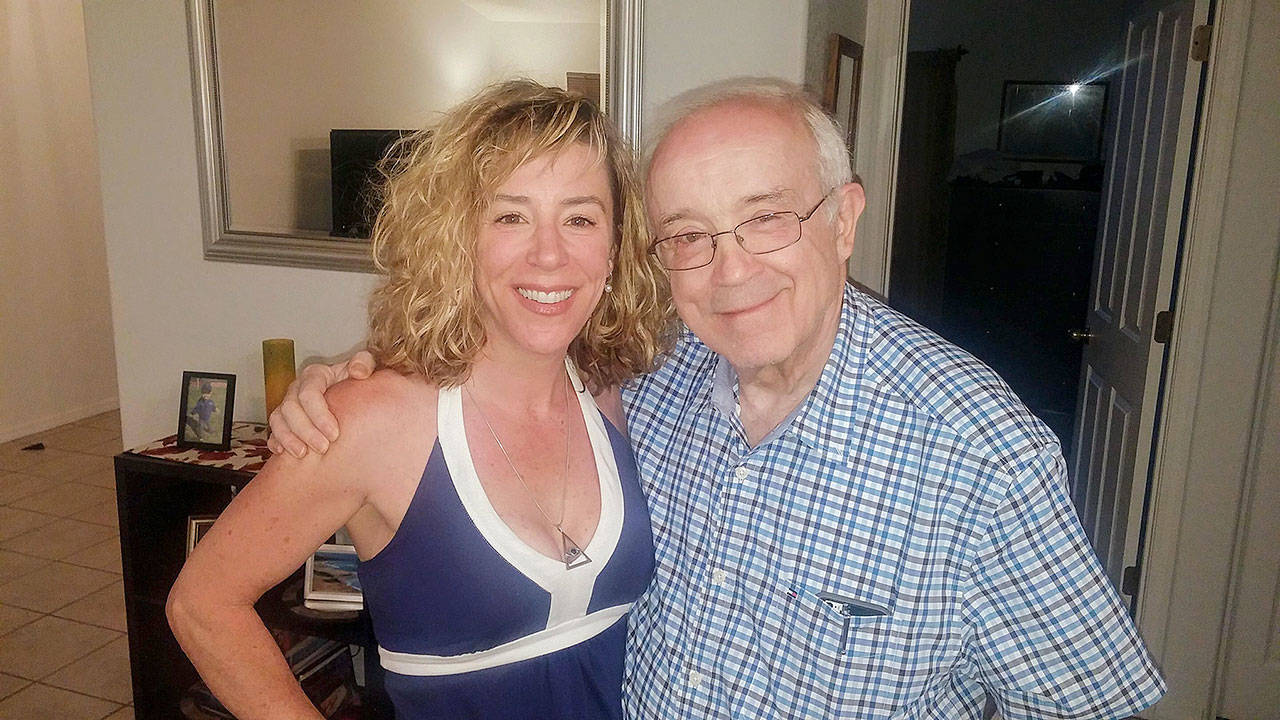No one can argue the importance of staying active and fit throughout life. It becomes more important as we reach our 30s — when we start losing muscle mass and gaining body fat at a faster pace — and it is absolutely paramount as we progress into our senior years.
I’ve had two ah-ha moments that brought home the importance of senior fitness. The first was while teaching a weekly senior strength and balance class at an assisted living center.
Nearly everybody in the class was over 80. Some participants were lean, remarkably spry and chock full of feisty energy, while others were sluggish, weak, had poor posture, struggled with illness and could not do much activity without pain.
Upon talking with each participant privately, I came across an undeniable distinction: The vibrant, energetic ones had exercised in some capacity throughout most of their adult life. The participants that struggled with pain and weakness, on the other hand, had lived a mostly sedentary life.
This is not to say that only inactive seniors suffer from arthritis, weakness, osteoporosis and disease — of course not. But if you are active and fit, the scale definitely tips in your favor for healthier and happier Golden Years.
The second instance was visiting my beloved father in the Midwest last week. A lifetime of sitting at a desk for 10 hours a day with next to no walking or activity has left him with muscle weakness and excruciating spinal stenosis.
Until just two weeks ago, the pain had him unable to even contemplate exercise, though gentle moving (walking, swimming and stretching) would be of tremendous benefit. The added burden of Parkinson’s disease makes things all the more difficult for him.
Dad is approaching 80 and, after decades of sedentary living, he is finally picking up dumbbells and going for walks. A lifelong hater of physical exertion in any form, he now sees how critical it is to his well-being and has thus surrendered to a life that includes exercise.
And darned if he is isn’t feeling better. He has more spring in his step, improved strength in his legs and is much more optimistic than he was before starting this workout endeavor. I am delighted that he has “crossed over” to the fit side and I enjoy haranguing him each day (nicely) about whether or not he performed his daily exercise and stretch routine.
A note to most seniors: It’s not too late to embrace activity in whatever capacity you can manage. Once you have your doctor’s approval, get going. If you haven’t exercised in months, years, or ever, hire a professional to teach the basics and create safe workouts for you.
Start your routine slowly, keeping it low-impact and low-intensity. It can be as basic as a walk up the street or five minutes on a stationary bike. If you are strength-training, start with very light dumbbells or resistance tubing, and if you feel sharp pain anywhere, stop that exercise at once.
If you are performing balance exercises, use a mirror and have a chair or safety bar to hold on to. Safety comes first.
Weakness, fatigue and body pain will only worsen if you don’t get active. Any movement, no matter how small, is better than none, so commit to starting some sort of physical activity.
If my exercise-hating father can do it, I wager you can, too.
Catherine Bongiorno is a personal trainer, nutritional therapist and owner of Lift To Lose Fitness & Nutrition. Email her at info@lifttolose.com or visit www.lifttolose.com for more information.
Talk to us
> Give us your news tips.
> Send us a letter to the editor.
> More Herald contact information.

























